Related Research Articles
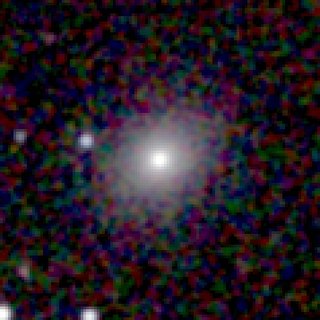
NGC 7057 is an elliptical galaxy located about 230 million light-years away in the constellation of Microscopium. NGC 7057 was discovered by astronomer John Herschel on September 2, 1836.
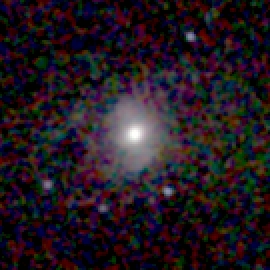
NGC 7060 is an intermediate spiral galaxy located about 200 million light-years away in the constellation of Microscopium. The spiral arms of NGC 7060 appear to overlap. NGC 7060 was discovered by astronomer John Herschel on September 2, 1836.

NGC 7070A is a face-on lenticular galaxy located about 100 million light-years away in the constellation of Grus.
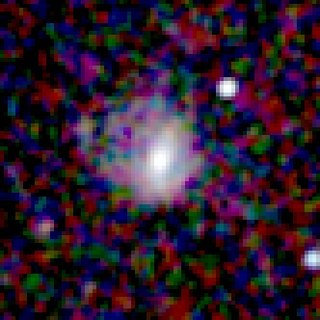
NGC 7072 is a spiral galaxy located about 210 million light-years away in the constellation of Grus. NGC 7072 was discovered by astronomer John Herschel on September 5, 1834.
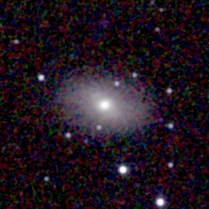
NGC 7079 is a barred lenticular galaxy located about 110.58 million light-years away in the constellation of Grus. NGC 7079 is also classified as a LINER galaxy. It is tilted about 51° to the Earth's line of sight. NGC 7079 was discovered by astronomer John Herschel on September 6, 1834.

NGC 7080 is a barred spiral galaxy located about 204.5 million light-years away in the constellation of Vulpecula. It has an estimated diameter of about 100,000 light-years which would make it similar in size to the Milky Way. NGC 7080 was discovered by astronomer Albert Marth on September 6, 1863.

NGC 7083 is an unbarred spiral galaxy located about 134 million light-years away in the constellation of Indus. It is also classified as a flocculent spiral galaxy. NGC 7083 was discovered by astronomer James Dunlop on August 28, 1826.

NGC 7087 is a barred spiral galaxy located about 215 million light-years away in the constellation of Grus. NGC 7087 was discovered by astronomer John Herschel on September 4, 1834.

NGC 4489 is a dwarf elliptical galaxy located about 60 million light-years away in the constellation of Coma Berenices. It was discovered by astronomer William Herschel on March 21, 1784. NGC 4489 is a member of the Virgo Cluster.

NGC 668 is a spiral galaxy located 200 million light-years away in the constellation Andromeda. It was discovered by astronomer Édouard Stephan on December 4, 1880 and is a member of Abell 262.
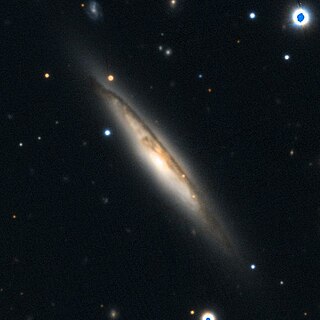
NGC 669 is an edge-on spiral galaxy with an active galactic nucleus located 200 million light-years away in the constellation Triangulum. NGC 669 was discovered by astronomer Édouard Stephan on November 28, 1883 and is a member of Abell 262.

NGC 679 is an elliptical or a lenticular galaxy located 210 million light-years away in the constellation Andromeda. The galaxy was discovered by astronomer William Herschel on September 13, 1784 and is a member of Abell 262.
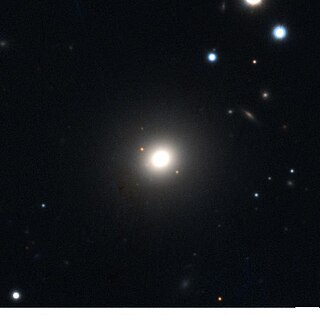
NGC 687 is a lenticular galaxy located 220 million light-years away in the constellation Andromeda. It was discovered by astronomer William Herschel on September 21, 1786 and is a member of Abell 262.
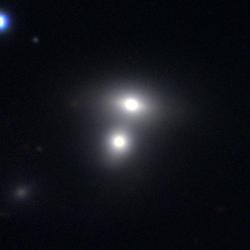
NGC 704 is a lenticular galaxy located 220 million light-years away in the constellation Andromeda. The galaxy was discovered by astronomer William Herschel on September 21, 1786 and is also a member of Abell 262.

NGC 705 is a lenticular galaxy located 240 million light-years away in the constellation Andromeda. The galaxy was discovered by astronomer William Herschel on September 21, 1786 and is also a member of Abell 262.

NGC 712 is a lenticular galaxy located 230 million light-years away in the constellation Andromeda. It was discovered by astronomer John Herschel in October 1828 and is a member of Abell 262.

NGC 714 is a lenticular galaxy located 190 million light-years away in the constellation Andromeda. The galaxy was discovered by astronomer Bindon Blood Stoney on October 28, 1850 and is a member of Abell 262.

NGC 717 is a lenticular galaxy located 210 million light-years away in the constellation Andromeda. The galaxy was discovered by astronomer Bindon Blood Stoney on October 28, 1850 and is a member of Abell 262.

NGC 7836 is an irregular or spiral galaxy located about 260 million light-years away in the constellation of Andromeda. It was discovered by astronomer Lewis Swift on September 20, 1885.
The Telescopium−Grus Cloud is a galaxy filament in the constellations of Pavo, Indus, and Telescopium. It was first defined by astronomer Brent Tully in his book The Nearby
References
- 1 2 3 4 5 6 7 8 9 "NASA/IPAC Extragalactic Database". Results for NGC 7070. Retrieved 2017-07-10.
- ↑ Rojas, Sebastián García. "Galaxy NGC 7070 - Galaxy in Grus Constellation · Deep Sky Objects Browser". DSO Browser. Retrieved 2017-07-11.
- ↑ "Your NED Search Results". ned.ipac.caltech.edu. Retrieved 2017-07-11.
- ↑ Brosch, N; Mayo Greenberg, J.; Grosbol, P. J (25 September 1984). "Extragalactic dust. I - NGC 7070A". Astronomy and Astrophysics. 143: 399–407. Bibcode:1985A&A...143..399B.
- ↑ "New General Catalog Objects: NGC 7050 - 7099". cseligman.com. Retrieved 2017-07-01.
- ↑ Fouque, P.; Proust, D.; Quintana, H.; Ramirez, A. (30 September 1993). "Dynamics of the Pavo-Indus and Grus clouds of galaxies" (PDF). Astronomy and Astrophysics Supplement Series. 100: 493–500. Bibcode:1993A&AS..100..493F.